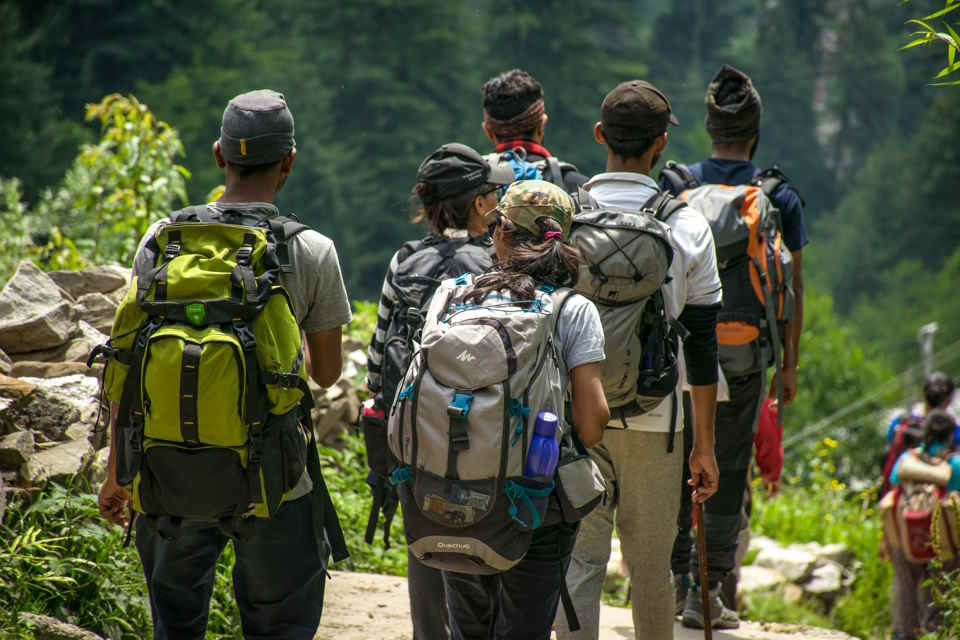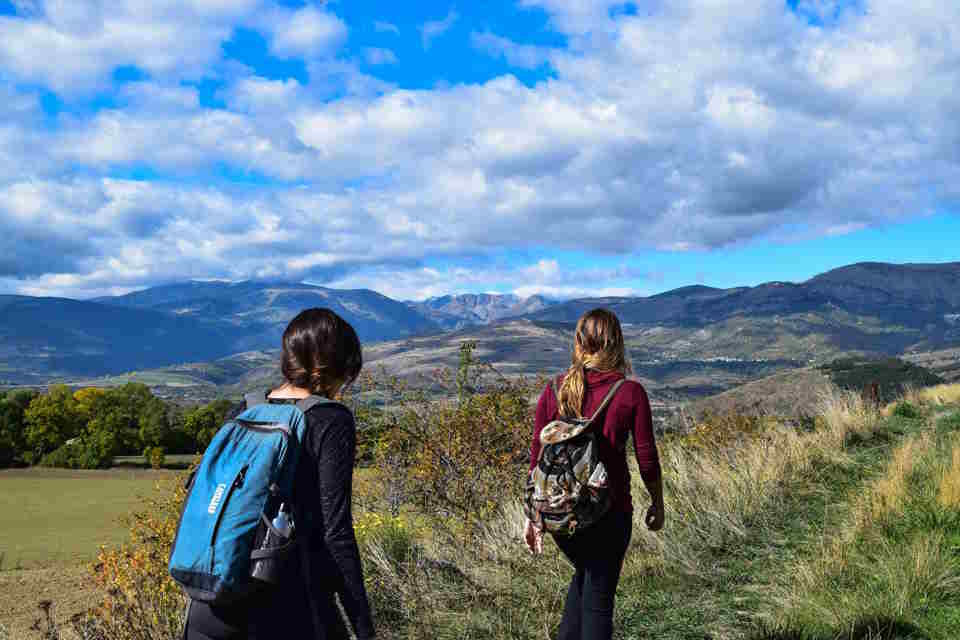Are you planning a trekking adventure and feeling overwhelmed by the thought of packing your backpack? You’re not alone! Packing a trekking backpack efficiently can make a huge difference in your comfort and overall enjoyment during your journey. In this blog post, we will provide you with practical tips and techniques for packing your backpack like a pro. From choosing the right backpack size to organizing your gear and packing techniques for comfortable carrying, we’ve got you covered. We’ll also share tips for distributing weight effectively, so you can minimize strain on your body and make the most of your trekking experience. So, grab a cup of coffee, get comfortable, and let’s dive into the art of packing a trekking backpack!Discover the best backpack size, gear organization, and weight distribution techniques for comfortable carrying. Maximize comfort on your next adventure!
Choosing The Right Backpack Size
When it comes to choosing the right backpack size, it’s important to consider your specific needs and the type of activities you will be using it for. A backpack that is too large can be cumbersome and difficult to carry, while one that is too small may not be able to fit all of your gear. Consider the duration and type of trips you typically take, as well as the gear you need to bring along. For shorter day trips, a smaller pack may be sufficient, while longer treks or overnight trips may require a larger capacity.
It’s also important to consider your own body size and shape when choosing a backpack. A pack that is too big or too small for your frame can cause discomfort and strain on your shoulders and back. Look for packs that offer adjustable straps and hip belts, as well as different torso lengths to ensure a proper fit. Trying on a few different sizes and styles in person is the best way to determine which backpack size will be the most comfortable for you.
Another factor to consider when choosing the right backpack size is the type of gear you typically carry. If you need to bring along bulky or heavy items, such as camera equipment or camping gear, a larger pack with more compartments and storage options may be necessary. On the other hand, if you tend to pack light and only carry the essentials, a smaller, more streamlined pack may be a better choice.
In the end, the right backpack size for you will depend on a combination of factors, including your specific needs, body size and shape, and the type of gear you typically carry. Taking the time to consider these factors and try out different packs in person will ensure that you choose a backpack that is comfortable, functional, and perfectly suited to your needs.
Organizing Your Gear
When it comes to preparing for a hiking trip, organizing your gear is essential for a successful and enjoyable experience. One of the first things to consider is the type of backpack you will be using. Make sure it has multiple compartments and pockets, as well as outside attachment points for items like sleeping pads or trekking poles. This will help keep your gear organized and easily accessible.
Another important aspect of organizing your gear is to pack strategically. Place heavier items closer to your back and towards the bottom of the pack to keep the weight centered and balanced. Utilize packing cubes or stuff sacks to keep clothing, food, and other essentials separated and organized within the backpack.
It’s also helpful to create a system for where each item is stored in your pack. For example, keeping snacks and water easily accessible in the side pockets, and storing frequently used items like a map, compass, or sunscreen in a top lid or hip belt pocket for quick access.
Finally, as you organize your gear, consider the frequency of use for each item. Keep the items you’ll need throughout the day easily accessible, while placing items like a first aid kit or emergency supplies in a more secure and less accessed area of your backpack.
Packing Techniques For Comfortable Carrying
When it comes to embarking on a hiking or camping trip, it’s crucial to pack your gear in a way that ensures comfortable carrying throughout your journey. One of the most important packing techniques for comfortable carrying is to distribute the weight evenly in your backpack. This means placing heavy items closer to your back and at the center of the pack, while lighter items should be towards the top and bottom. By doing this, you can prevent the backpack from pulling you backwards and causing strain on your shoulders and back.
Another essential packing technique for comfortable carrying is to utilize compression straps and external pockets on your backpack. Compression straps help to secure the load and prevent items from shifting around during your hike. Additionally, external pockets allow for easy access to essential items such as water bottles, snacks, and rain gear, without the need to open the main compartment of the backpack.
Furthermore, organizing your gear in a strategic manner can greatly impact the comfort of carrying your backpack. Packing heavier items towards the middle of the pack, closer to your back, and lighter items towards the outside can help maintain a balanced distribution of weight. This packing technique can prevent the backpack from feeling lopsided and reduce strain on your body.
Lastly, consider the use of packing cubes or stuff sacks to keep your gear organized and compact. These accessories can help to optimize the use of space within your backpack, reduce the risk of items shifting during your hike, and make it easier to locate specific items when needed. By implementing these packing techniques, you can ensure a comfortable and enjoyable outdoor experience without the burden of an improperly packed backpack.
Tips For Distributing Weight Effectively
When it comes to carrying a heavy backpack, it’s important to distribute the weight effectively to avoid strain and discomfort. One of the key tips for distributing weight effectively is to pack the heaviest items closest to your back. This helps to keep the center of gravity close to your body, reducing the strain on your shoulders and back.
Another important tip is to use the hip belt on your backpack to transfer some of the weight from your shoulders to your hips. The hip belt should sit snugly around your hips, allowing you to carry the weight with your lower body rather than relying solely on your upper body strength.
It’s also important to adjust the shoulder straps and load lifters on your backpack to ensure that the weight is evenly distributed. The load lifters can help to pull the top of the backpack closer to your body, which can help to prevent the backpack from pulling you backwards.
Finally, taking regular rest breaks and adjusting the straps as needed can help to distribute the weight effectively and prevent discomfort during long hikes or travels. By following these tips, you can make sure that your backpack is comfortable to carry, even when it’s filled with heavy gear.








